Market Growth Projections
The Global Albumin Market (as Excipient) Market Industry is projected to experience substantial growth in the coming years. The market is anticipated to reach 1.01 USD Billion in 2024 and expand to 1.9 USD Billion by 2035, reflecting a robust CAGR of 5.91% from 2025 to 2035. This growth trajectory indicates a strong demand for albumin as an excipient, driven by factors such as the rising prevalence of biopharmaceuticals and advancements in drug formulation technologies. The market's expansion is indicative of the increasing reliance on albumin in pharmaceutical applications, solidifying its position as a critical excipient in the industry.
Regulatory Support for Biologics
Regulatory support for biologics significantly impacts the Global Albumin Market (as Excipient) Market Industry. Governments and regulatory bodies are increasingly facilitating the approval processes for biologics, which often utilize albumin as an excipient. This supportive regulatory environment encourages pharmaceutical companies to invest in biologics, thereby driving demand for albumin. As the market evolves, the emphasis on safety and efficacy in biologics will likely enhance the role of albumin in formulations. Consequently, the Global Albumin Market (as Excipient) Market Industry is poised for growth as regulatory frameworks adapt to support the burgeoning biologics sector.
Rising Demand for Biopharmaceuticals
The Global Albumin Market (as Excipient) Market Industry experiences a notable surge in demand due to the increasing prevalence of biopharmaceuticals. As biopharmaceuticals often require stabilizers and carriers, albumin serves as a critical excipient in formulations. The market is projected to reach 1.01 USD Billion in 2024, driven by the growing number of therapeutic proteins and monoclonal antibodies. This trend indicates a robust need for effective excipients, with albumin playing a pivotal role in enhancing drug stability and efficacy. Consequently, the Global Albumin Market (as Excipient) Market Industry is positioned for substantial growth as biopharmaceutical innovations continue to expand.
Growing Awareness of Personalized Medicine
The Global Albumin Market (as Excipient) Market Industry is influenced by the growing awareness of personalized medicine. As healthcare shifts towards tailored therapies, the demand for excipients that enhance drug delivery and efficacy becomes paramount. Albumin Market, known for its biocompatibility and ability to improve drug solubility, is increasingly recognized as a vital component in personalized medicine formulations. This trend is likely to drive the market forward, as pharmaceutical companies seek to develop innovative therapies that cater to individual patient needs. The emphasis on personalized medicine is expected to create new opportunities within the Global Albumin Market (as Excipient) Market Industry.
Technological Advancements in Drug Formulation
Technological advancements in drug formulation significantly influence the Global Albumin Market (as Excipient) Market Industry. Innovations in formulation techniques, such as microencapsulation and nanotechnology, enhance the functionality of albumin as an excipient. These advancements improve the solubility and bioavailability of drugs, making albumin an attractive choice for pharmaceutical companies. As a result, the market is expected to grow at a CAGR of 5.91% from 2025 to 2035, reflecting the increasing adoption of sophisticated formulation technologies. This growth trajectory underscores the importance of albumin in modern drug development, positioning the Global Albumin Market (as Excipient) Market Industry as a key player in the evolving pharmaceutical landscape.
Increasing Investment in Research and Development
The Global Albumin Market (as Excipient) Market Industry benefits from increasing investments in research and development across the pharmaceutical sector. Companies are allocating substantial resources to explore novel applications of albumin in drug delivery systems and formulations. This trend is evident as the market is projected to expand to 1.9 USD Billion by 2035, driven by innovative research initiatives. The focus on developing targeted therapies and personalized medicine further propels the demand for effective excipients like albumin. As R&D efforts intensify, the Global Albumin Market (as Excipient) Market Industry is likely to witness significant advancements and opportunities for growth.
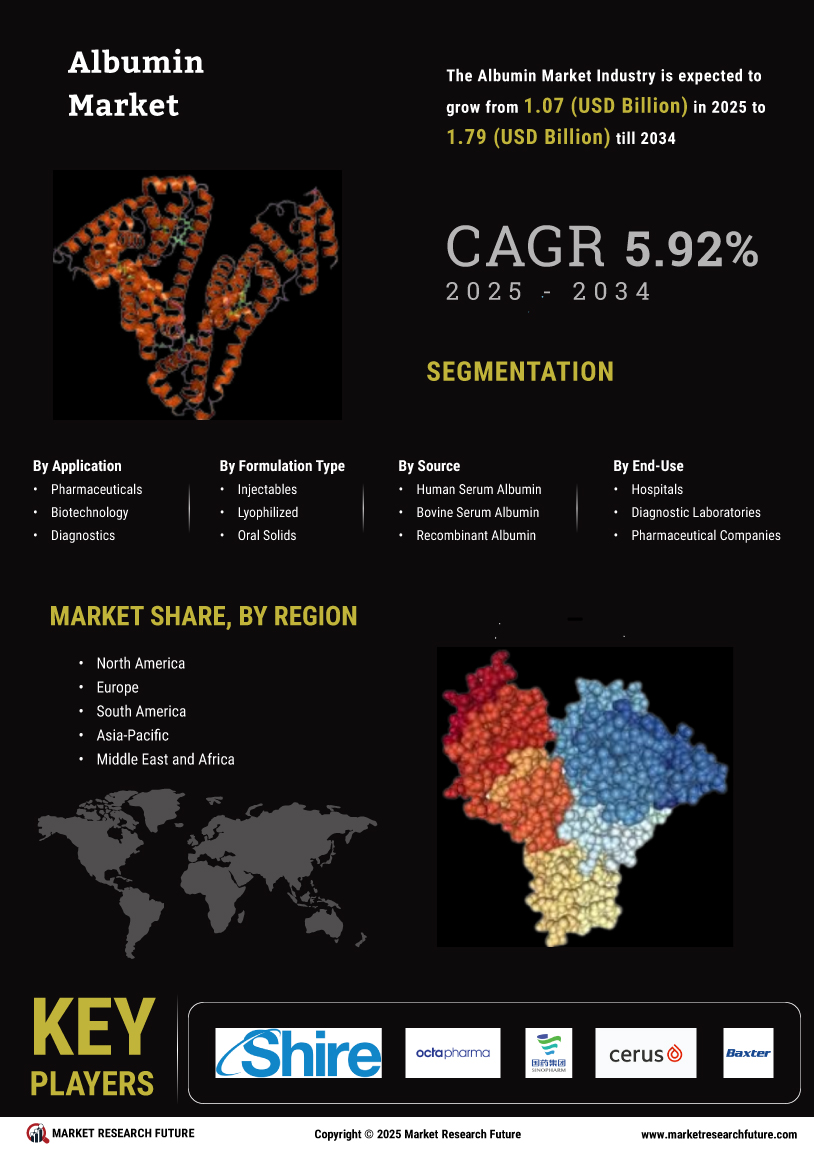

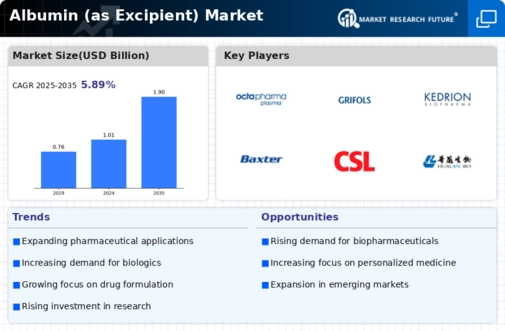
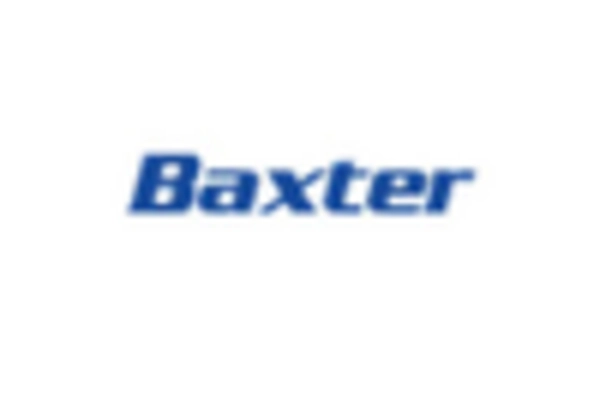
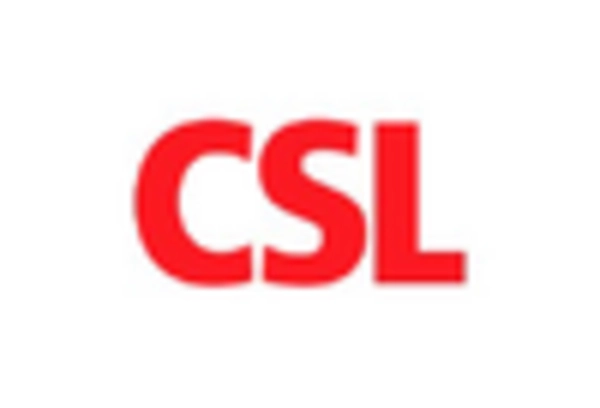
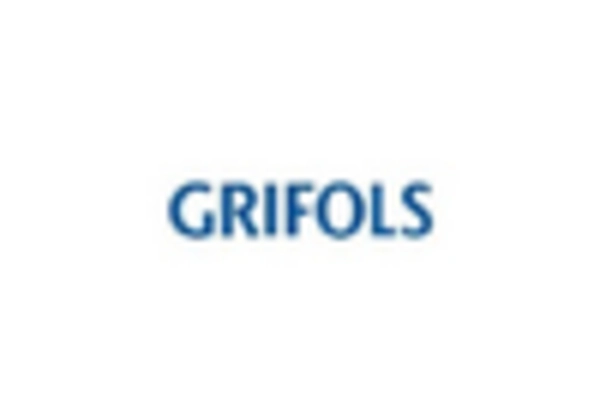
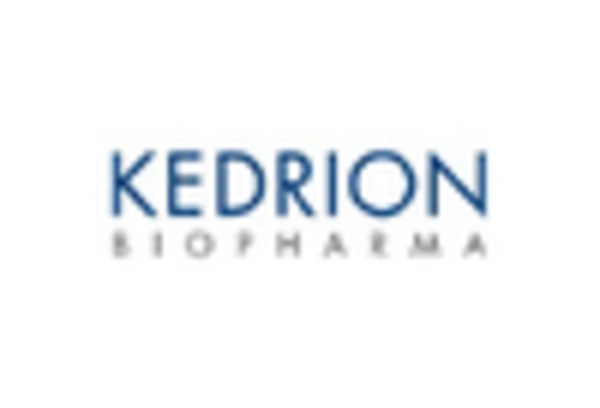
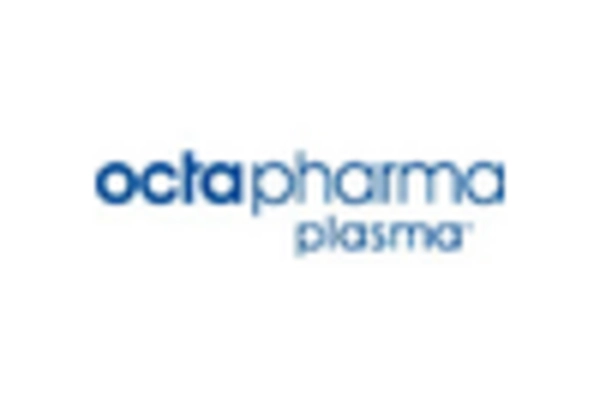
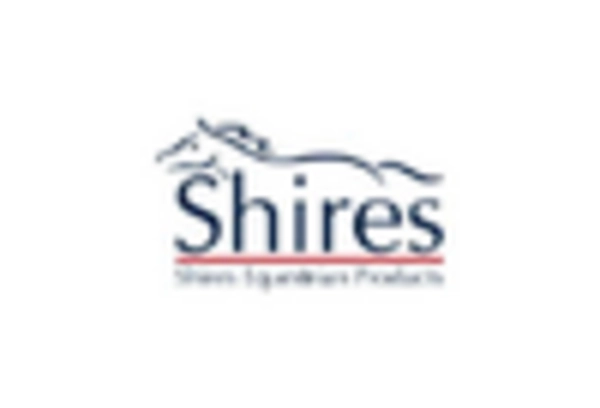








Leave a Comment